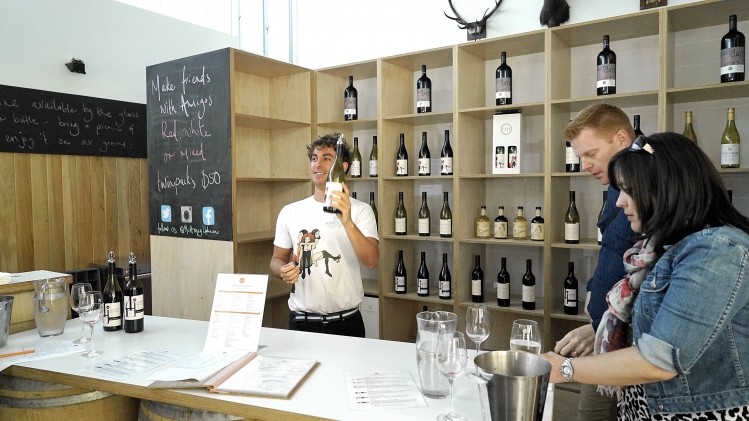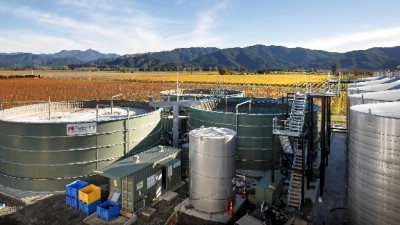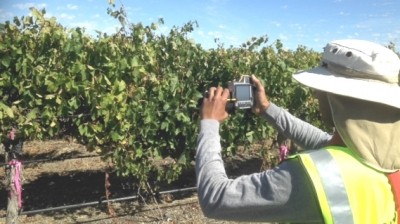Australia
Wine consumers tend to change habits after buying from the cellar door

Researchers from Adelaide University tracked the behaviour of more than 3,300 visitors to 79 cellar doors across Australia over a six-month period. The results reveal the power of the cellar door in promoting a winery or region's brand.
During the six-month period after a cellar door visit, the buyer group—accounting for 54% of visitors—bought more than nine bottles on average of wine produced there, and their likelihood of making future purchase was running at almost 50%.
Most importantly, 16% of cellar door visitors who had never bought the brand before began buying it after a visit—this gain can be directly attributed to the cellar door visit and experience, the institute said.
Growing taste for visiting the winery
Reasons for not buying wine included already having a stock at home—used by one-quarter—followed by a preference for other wine brands or styles, and non-availability of the specific wines at their usual retail outlet.
After a cellar door visit, 33% wines are bought from large liquor chain stores, but almost one-quarter of visitors would also revisit cellar doors and buy wine there.
The cellar door channel, including mail order and wine clubs, made up 31% of wine purchases.
Members of wine clubs buy 2.5 times more wine than non-members—about 15% of visitors to a cellar door were members of its wine club, the research found.
By the time six months had passed, 47% of visitors had consumed all the wine they had bought at the cellar door.
A cellar door visit also changes patterns of wine consumption in consumers, encouraging consumption of higher quality and more expensive wines. Consumers were more likely to consume wine from the visited region, and their general consumption rose significantly.
The power of word-of-mouth is also increased by a positive visit to a cellar door. 83% of consumers who visited a cellar door recommended a visit to friends, family or work colleagues within three months of visiting, an average of 3.4 times.
Creating a good brand story
Lead researcher Johan Bruwer said that the research shows a cellar door visit has a much wider impact beyond simply counter sales on the day.
“The question is how powerful is the effect of awareness, tasting, and overall experience at a cellar door in influencing future purchase behaviour of that brand. This project provides a measure of that impact across a significant period of time after that visit,” Prof. Bruwer said.
“The cellar door does something quite special, it can give the brand a good story if those who visit and taste the wine have had a good, authentic, and memorable experience. People who visit a cellar door also become more educated about the wine region and this increases the consumption of wines of that origin.”




